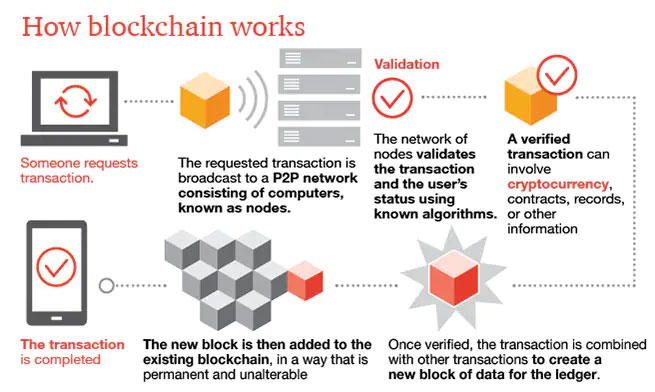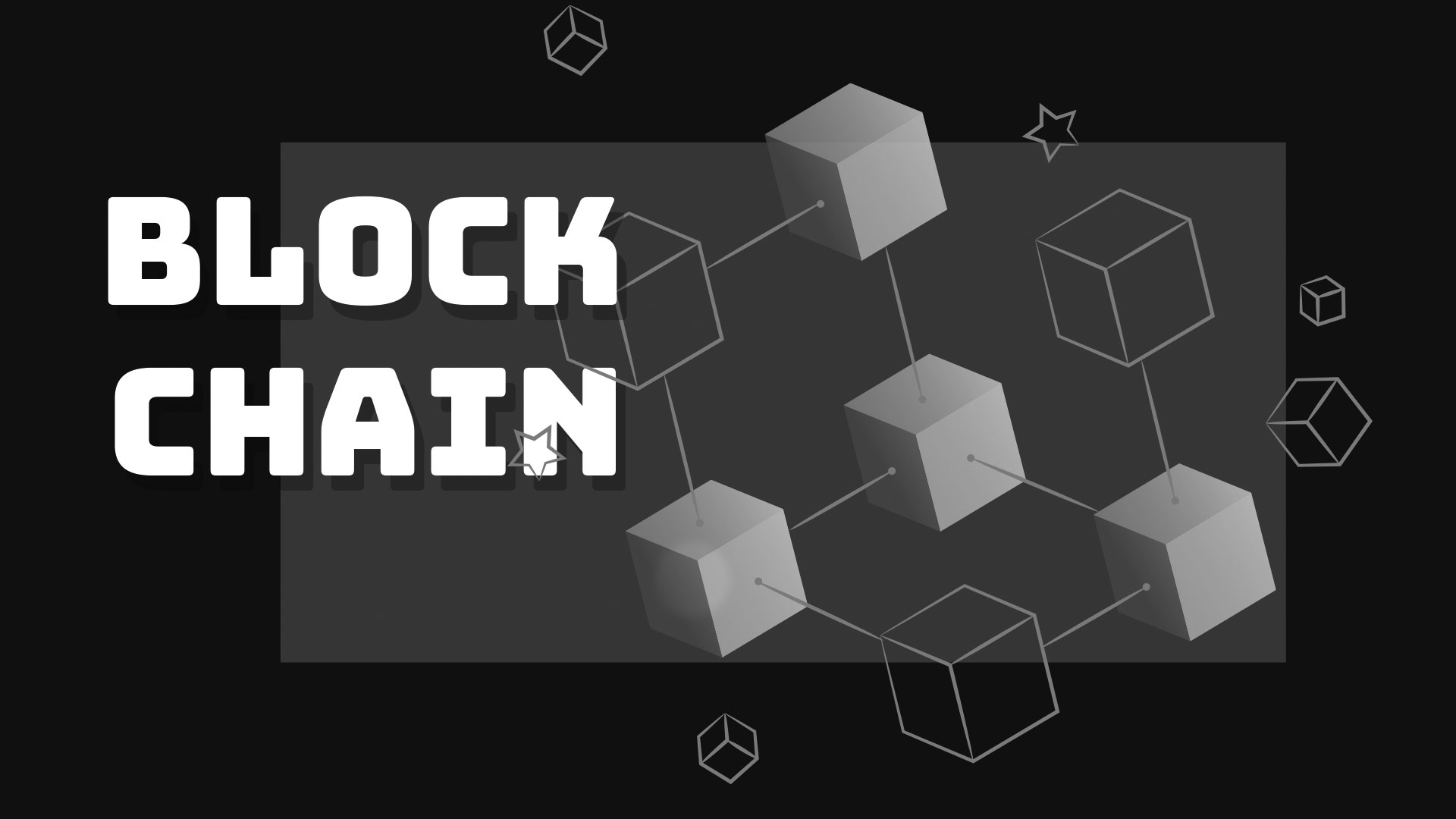[et_pb_section admin_label=”section”]
[et_pb_row admin_label=”row”]
[et_pb_column type=”4_4″][et_pb_text admin_label=”Text”]Did you know that you can send money to anyone you want without using a bank? The freedom to make independent transactions within seconds is at your fingertips. Thanks to modern technology, you can keep money in a digital wallet stored online. More importantly, you don’t need the bank’s permission, which means no third party is controlling access to your money.
Blockchain is an emerging technology that has the potential to change the way people handle money forever. As an aside, it has practical applications that go beyond finance and currency. Blockchains can be used for any pragmatic data-driven need, such as storing medical records, marketing insights, voting mechanisms, and more.
Similar to how the internet emerged in the 1990s, blockchain technology is here to stay and may even make its mark as one of the greatest inventions in human history.
What is Blockchain?
Blockchain is an indisputable digital ledger that has several practical applications beyond cryptocurrencies. Every time a transaction is recorded on the ledger, it is saved as a block. The data contained in a block is tied to the information in a former block.
As new transactions are made and recorded, the blocks link to one another, creating a continuous chain of information that contains up to millions of blocks .
The two key properties of blockchain are that it is unchangeable and distributed. Once a transaction has been recorded on a blockchain, it cannot be altered by anyone, ever. For added security, the information is also dispersed globally rather than contained in a centralized location.
Since the ledger is unchangeable, recorded transactions can always be trusted by all parties. Moreover, distribution protects the blockchain from network attacks and the possibility of corruption typical with centralized records.
How Does Blockchain Work?
The primary reason why blockchain is invaluable is that it allows people who don’t trust each other to make transactions and share data securely. Blockchain is made of three vital components: blocks, miners, and nodes.
Blocks
A chain contains several blocks that hold many transactions. Upon the creation of a block, a 32-bit whole number called a nonce (number only used once) is randomly generated. Attached to the nonce is a block header hash (256-bit number).
The nonce and cryptographic hash are generated when the first block of a chain is initially created. After that, the information stored in the block is linked to the nonce and hash forever, unless mined.
Miners
Mining is the formation of new blocks on a chain created by blockchain miners. Essentially, miners secure and verify all transactions that are added to the blockchain. However, mining a block isn’t as easy as it seems, as each block has a unique nonce and hash.
As new blocks are added, miners link each one to the former block. Mining is a crucial step in validating and legitimizing the ledger. In cryptocurrency applications, mining ensures that the digital currency is never spent more than once.
Nodes
Decentralization is a crucial part of understanding how a blockchain works. A chain is not owned by a computer or an organization. Instead, the chain is distributed through a series of nodes running around the world.
A node is an electronic device, essentially a computer, that is capable of maintaining blockchain copies and ensuring that the network provides consistent, verifiable information. This is what makes blockchain a decentralized system.

Photo credit: https://www.pwc.com/us/en/industries/financial-services/fintech/bitcoin-blockchain-cryptocurrency.html
What Are Blocks?
Blocks are files that carry a network’s recorded data. Their basic function is to store the most recent information that has not yet been preserved by previous blocks. The data in these blocks are permanently recorded. Thus, it can be likened to the page of an accounting ledger.
Blocks are akin to the links that make up a chain. When a block is complete, it permits the creation of the next block of information. A blockchain network contains millions of connected blocks. Crucially, the data stored in each block cannot be altered or replaced. It is also impossible to hack into one block, which also applies to the whole blockchain.
What Are Nodes?
Nodes have various definitions and numerous applications. Concerning blockchain, they are electronic devices capable of connecting to a network. Any user or application that’s interacting with the blockchain must pass through the nodes. Effectively, they act as communication endpoints.
Nodes can also be defined as communication redistribution for blockchains. There are common misconceptions that every node carries out the same function or every user that interacts with the blockchain is considered a node.
There are two things to note here:
- A device in connection to a Blockchain network is not always a node.
- Every node on the Blockchain network does not have the same function.
With this in mind, nodes can be grouped together depending on their role in a blockchain’s ecosystem. Generally, a node is responsible for maintaining copies of the blockchain.
Other nodes exist and are assigned different functions following the requirements of the Blockchain network. However, these nodes are not required to maintain the ledger.
[/et_pb_text][/et_pb_column]
[/et_pb_row]
[/et_pb_section]
